The article “Livestock farm gets their legs under them” in the April 15 edition of the Recorder raised some interesting points about local land use, food production and climate change.
It described how the Everyday Farm in Gill had transitioned from raising vegetables to raising various livestock for meat that is offered for sale to our local community. I wondered how much food per acre the two types of farms might yield.
Based on the numbers in the article and information available from several state extension services, this is what I learned: The 300 sheep would provide 15,000 pounds of meat. The 12 cows would provide about 7,200 pounds of meat. The six pigs would provide 1,050 pounds of meat. The 300 chickens would provide 600 pounds of meat. The total theoretical production for the farm would be 23,850 pounds of meat per year.
The article mentioned that the farm used over 100 acres of land. So, if we divide the production by 100, we find that the meat production is about 238 pounds of meat per acre of land.
I compared this to the five-year average yield of 27 vegetable crops per acre (from asparagus to watermelon) in the Northeast that is available from the New England Vegetable Management Guide. This number is 8,507 pounds of vegetables per acre of land. That is, that the vegetable crops produce over 35 times more food per acre than the meat of animals!
Stated another way, an acre of land planted in plant crops (vegetables, fruits, nuts, beans and grains) provides 4.3 people with about 5.5 pounds (the average daily food consumption of Americans) of the full range of recommended nutrients per day for a year. By contrast, an acre of Everyday Farm land will only provide one person with 1.5 pounds of meat per day for less than six months. If we assume, incorrectly, that consuming this small amount of meat per day would provide all of the recommended nutrients for an average American, then Everyday Farm, as an animal production farm, can meet the nutritional needs of about 50 people per year.
On the other hand, an equivalent size vegetable farm can meet all of the nutritional needs of 430 people per year.
This is all related to how the food choices in our lives affect climate change and habitat loss.
It is clear from these numbers that reducing our desire for meat would allow less land to feed more people; which, in turn, would allow more land to be left undisturbed.
If 80 acres of Everyday Farm land were allowed to rewild into forest, the remaining 20 acres planted in plant foods would still provide all the nutritional needs for nearly 85 people per year.
The new 80 acres of forest would sequester carbon and provide wider biological diversity than pasture land. It would help improve water quality and provide habitat for many more animal species than the few preferred as food for humans.
In addition, the sheep and cows, which are ruminants, would be eliminated. Ruminants collectively account for one-third of all human-related methane emissions. (Methane is a more potent global warming gas than carbon dioxide). These steps instantly move toward a climate-neutral economy.
There are many other obvious issues raised by this analysis that need to be addressed. Such as how do these young farmers earn a living off the land when economic forces compel them to make choices that are clearly harmful to the environment?
Maybe we should think about compensating stewards of the land for maintaining the land for maximum carbon sequestration and wild habitat preservation. These are benefits that we currently receive from properly maintained rural landscapes that we are not paying our farmers and foresters to provide for us.
Each of us, by choosing to lower our consumption of animal-based foods, can make an immediate contribution to reducing climate change. And by eating more minimally processed plant-based foods we would also, statistically speaking, improve our personal health.
Paul Voiland lives in Montague Center and has been a vegetarian for environmental reasons since 1976.


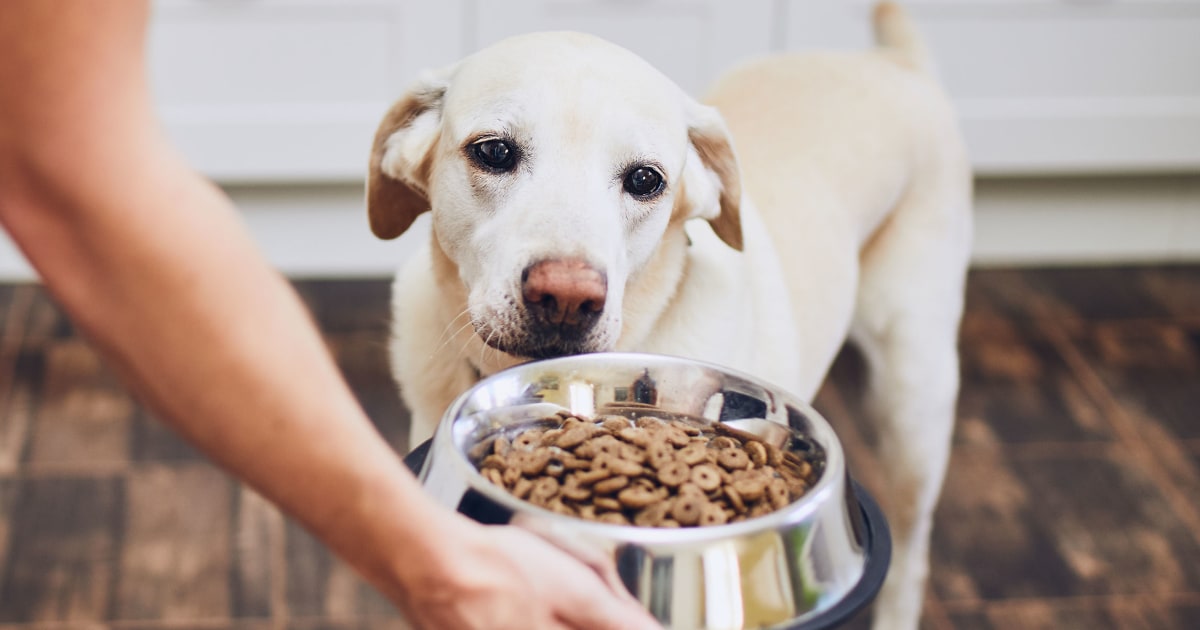
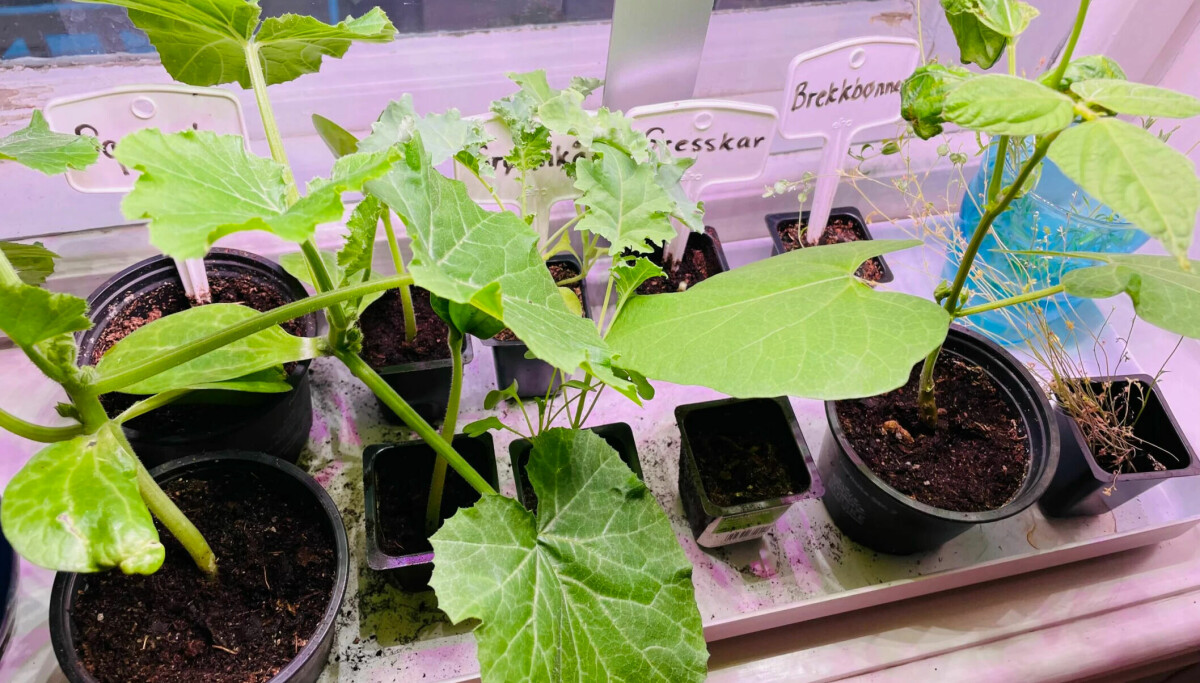



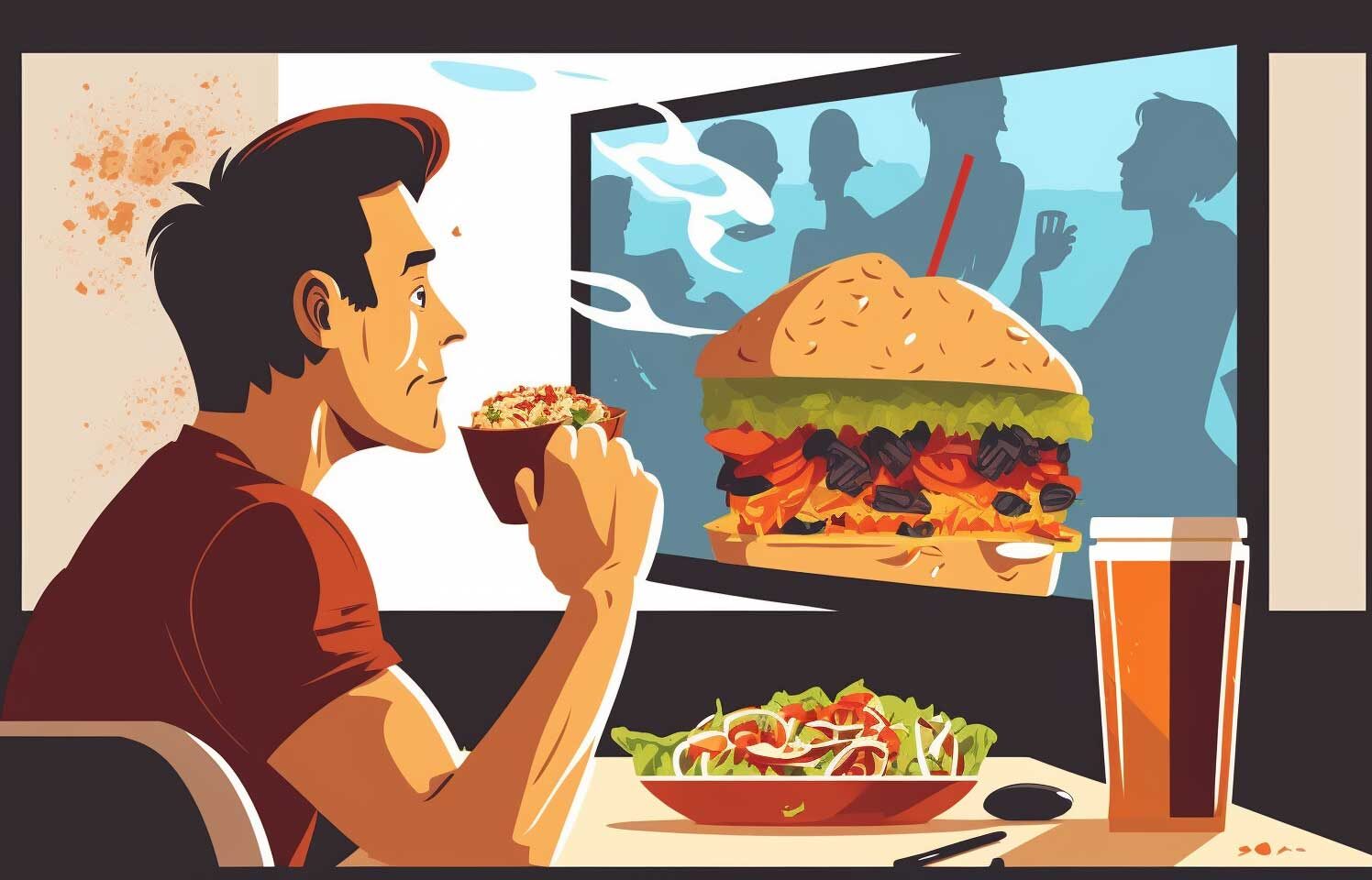




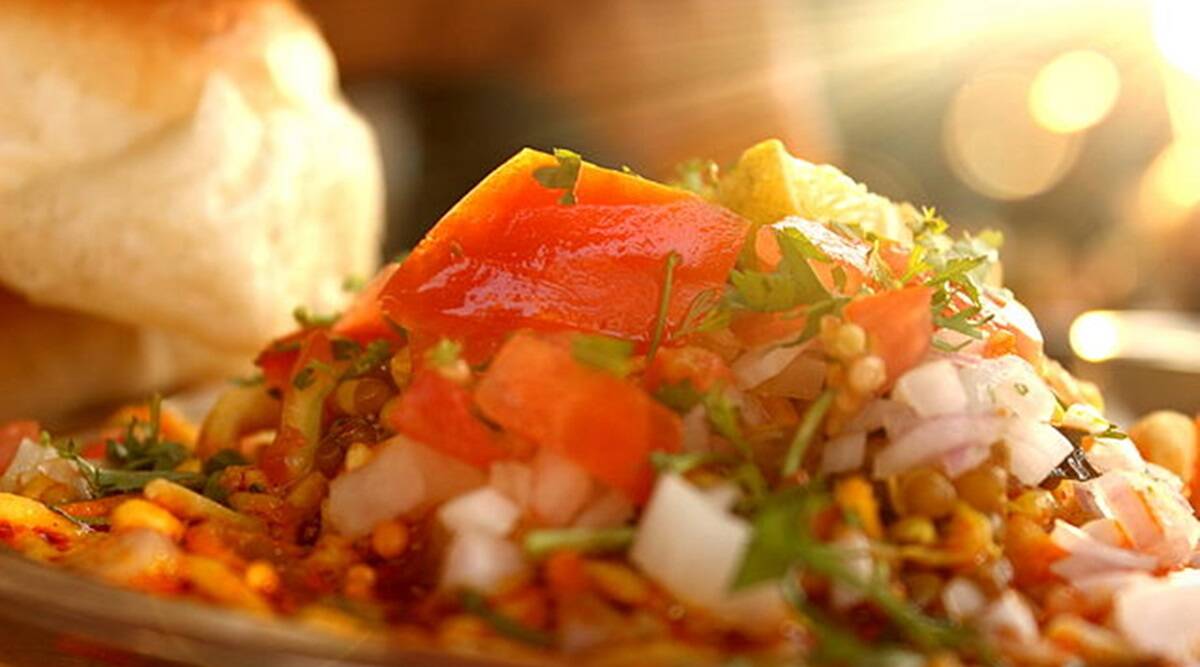
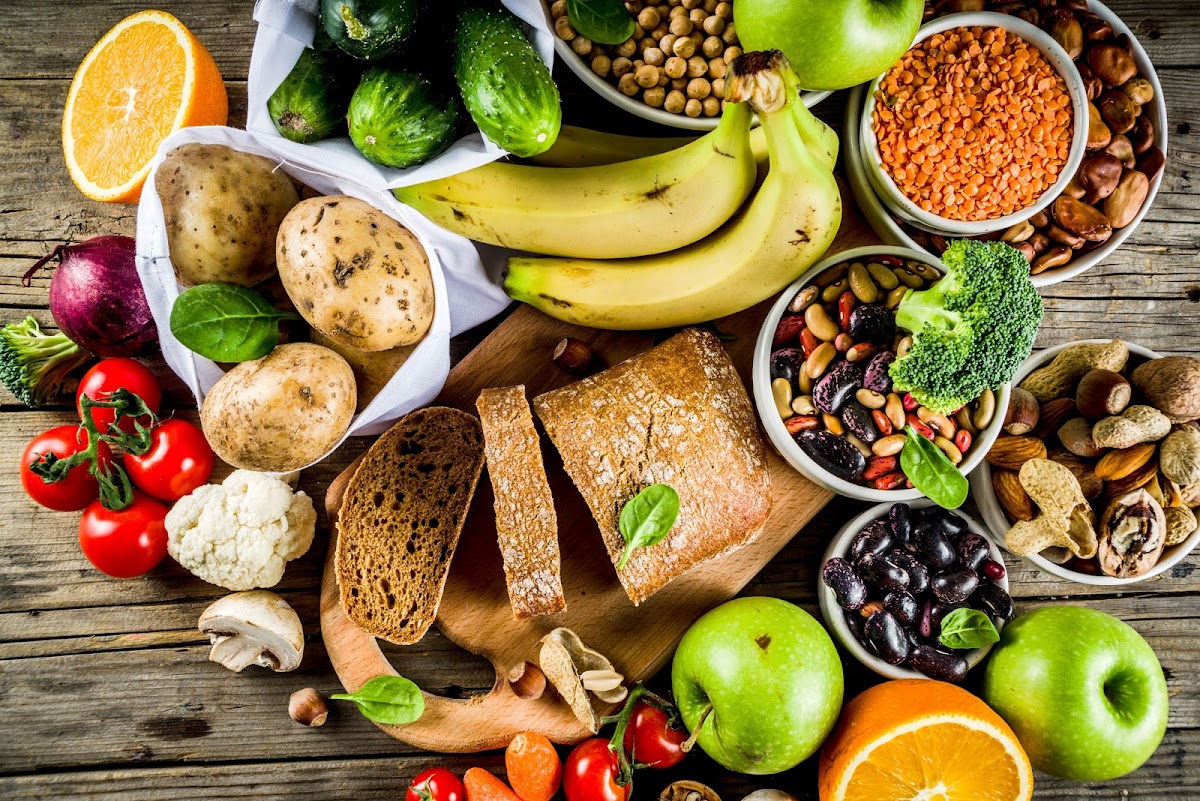

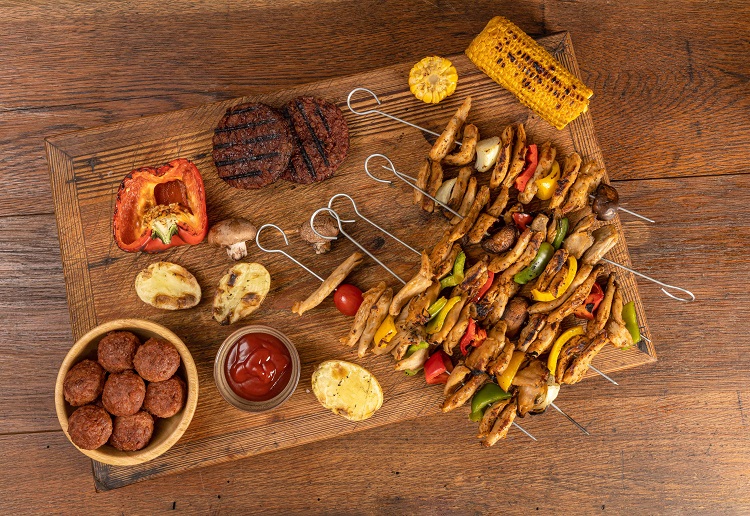



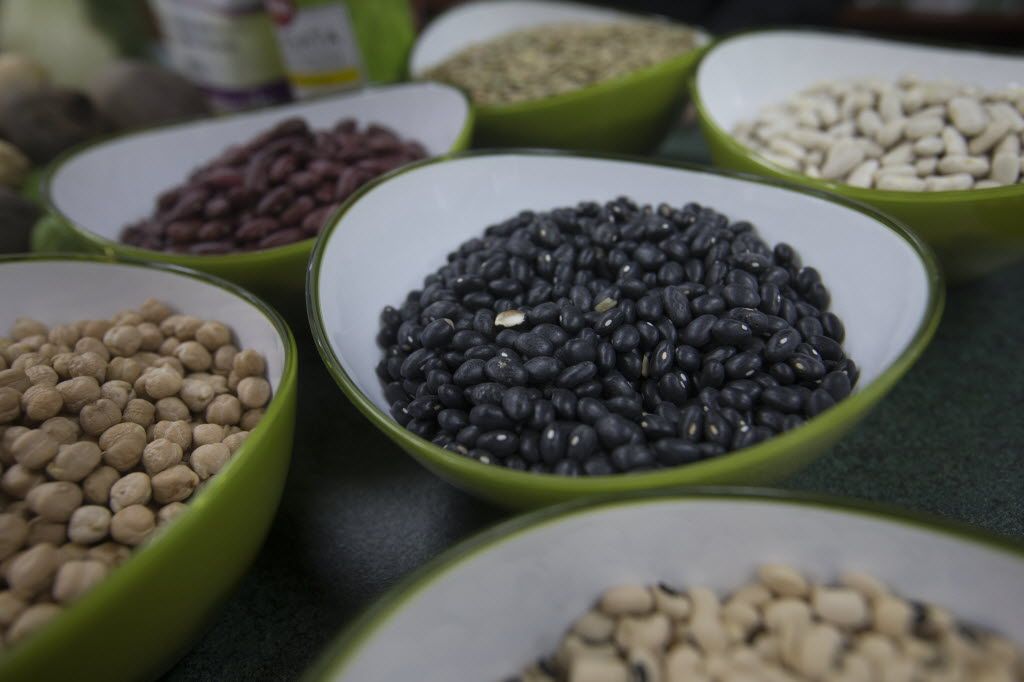



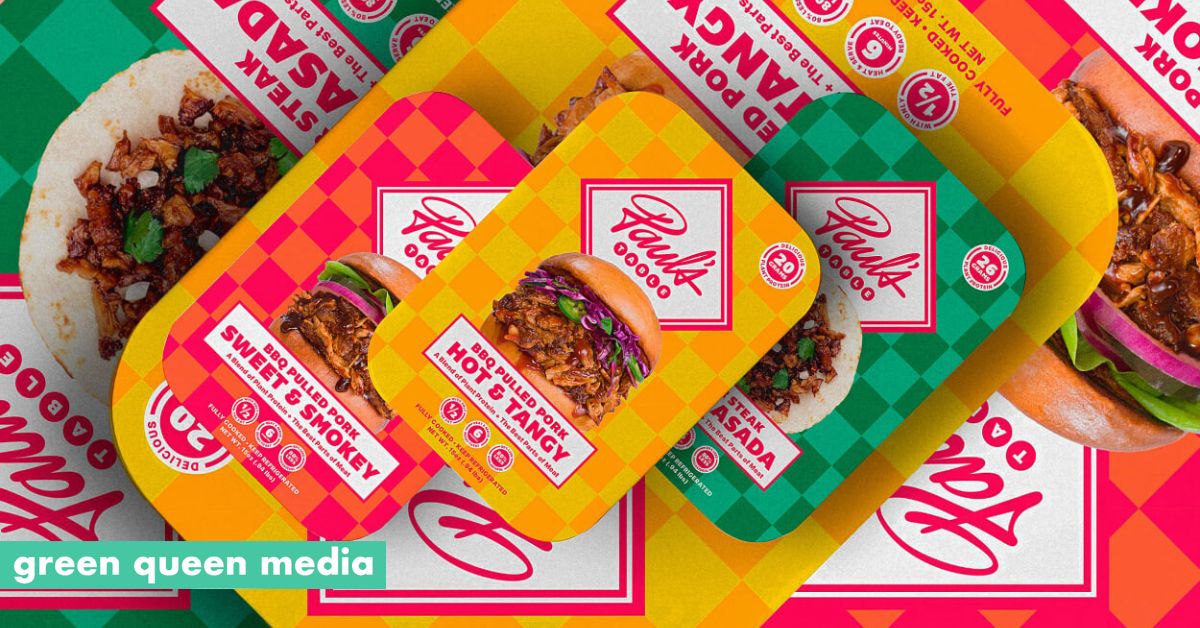

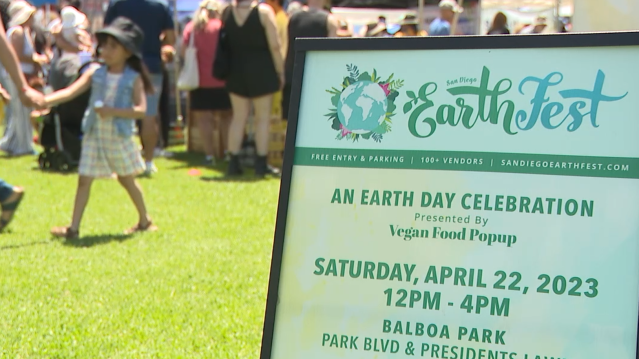


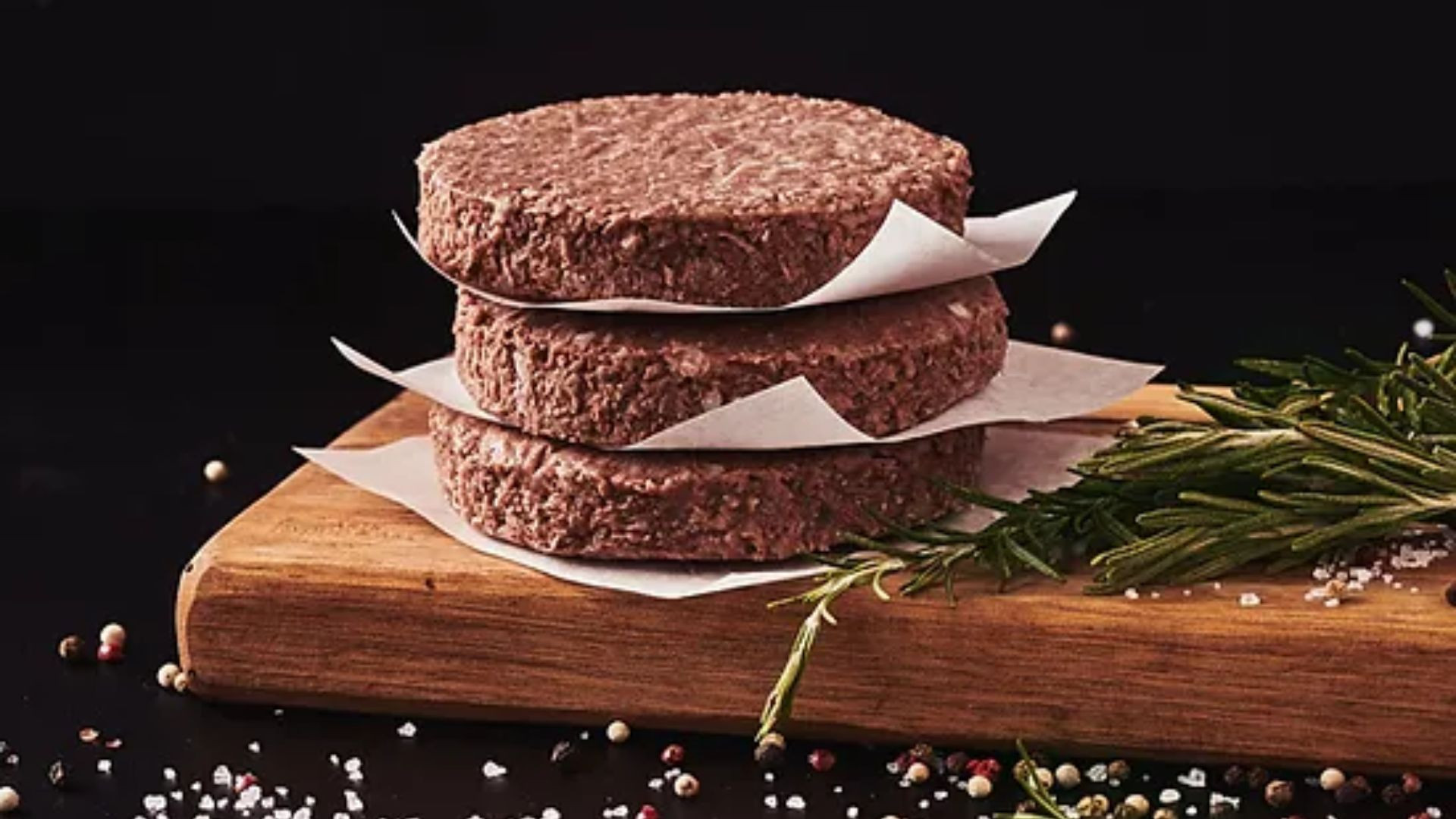



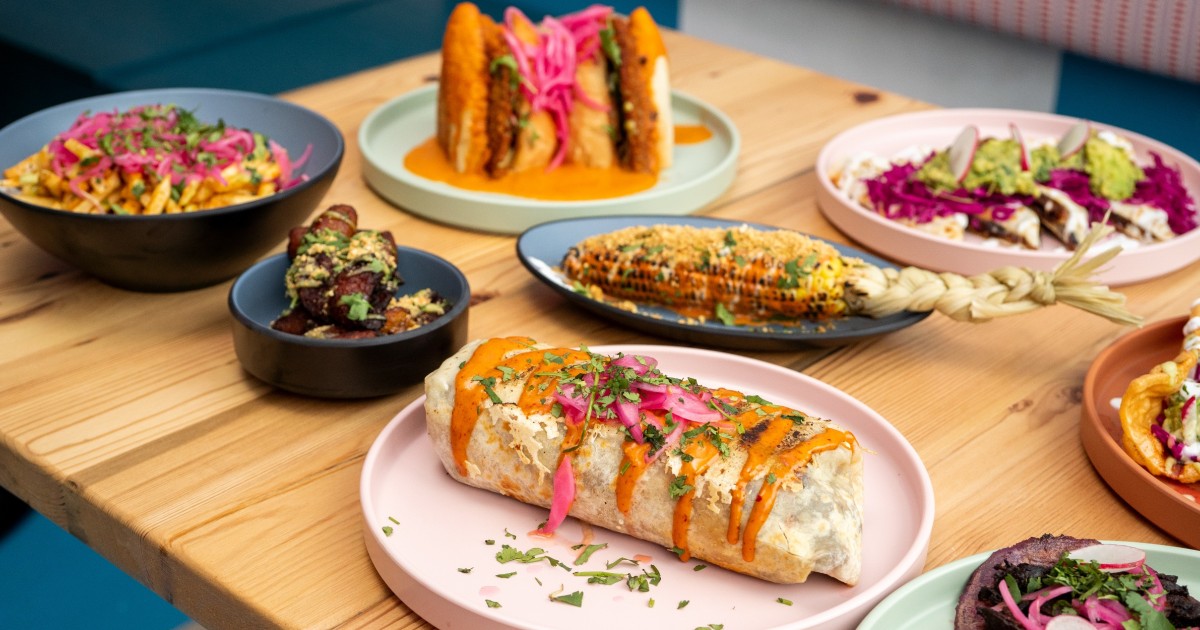

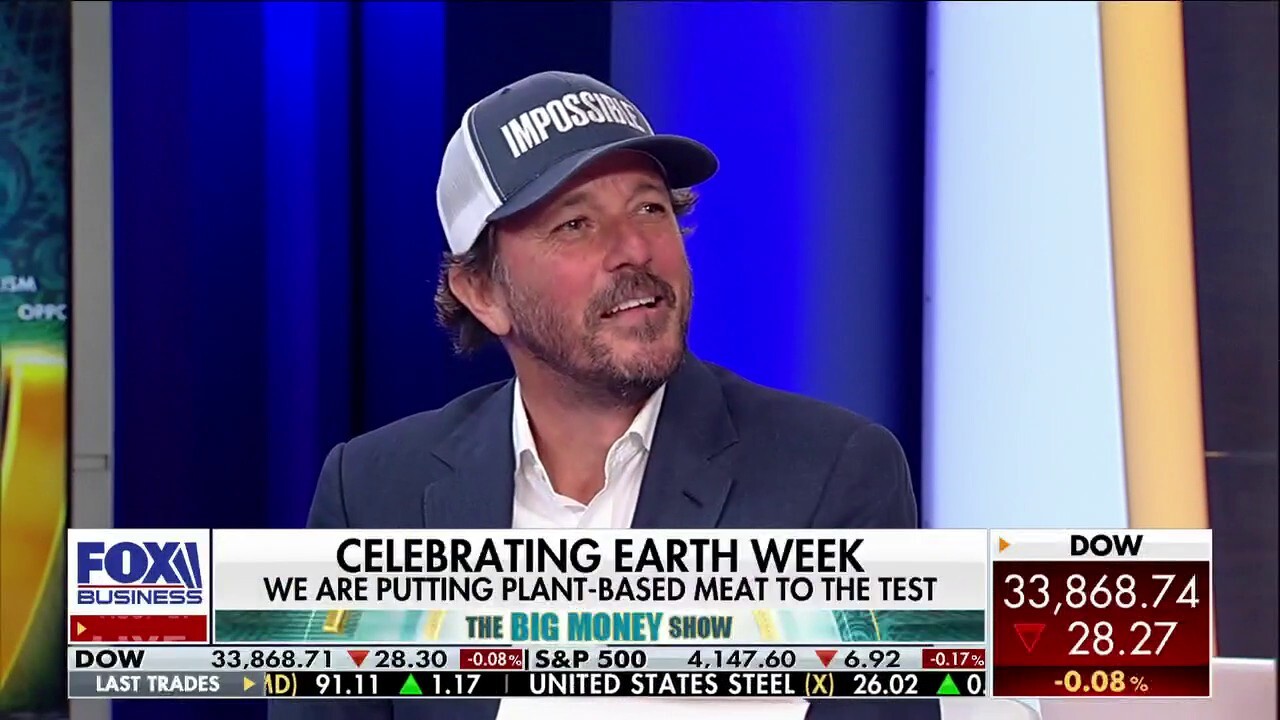



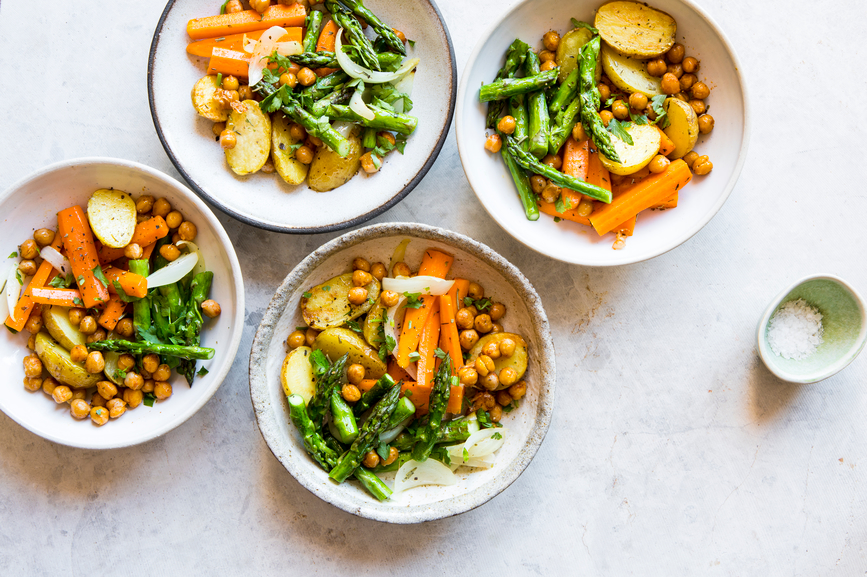



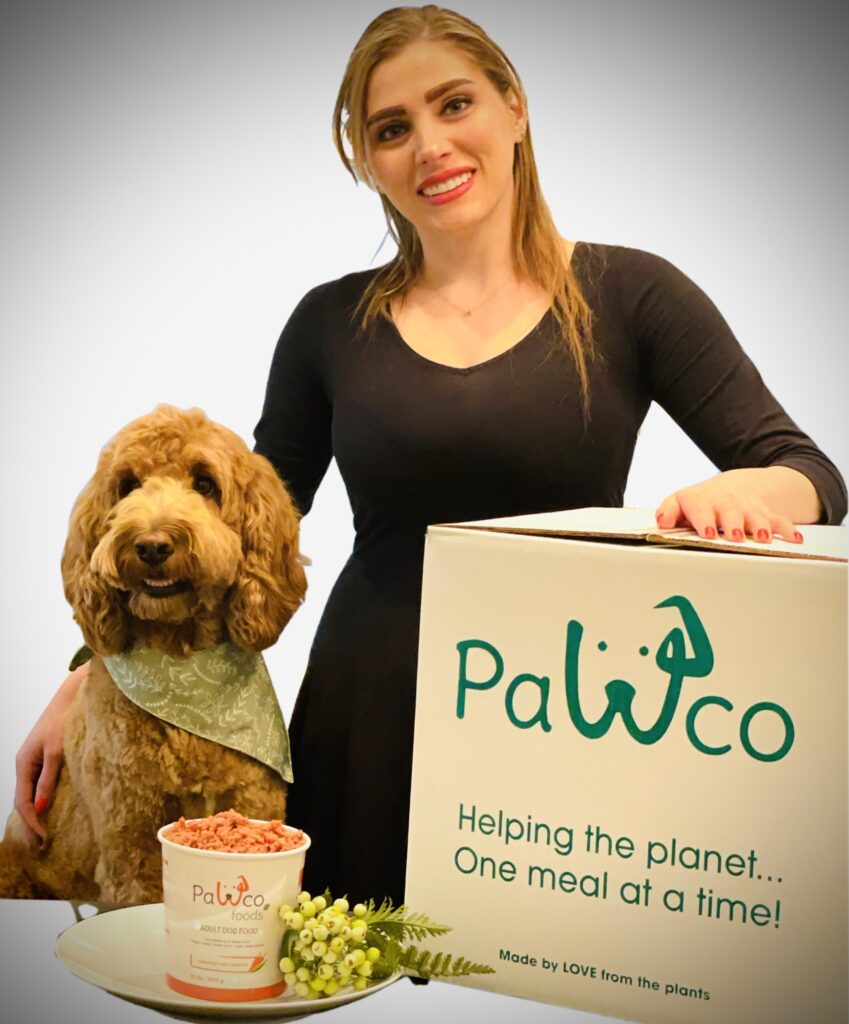

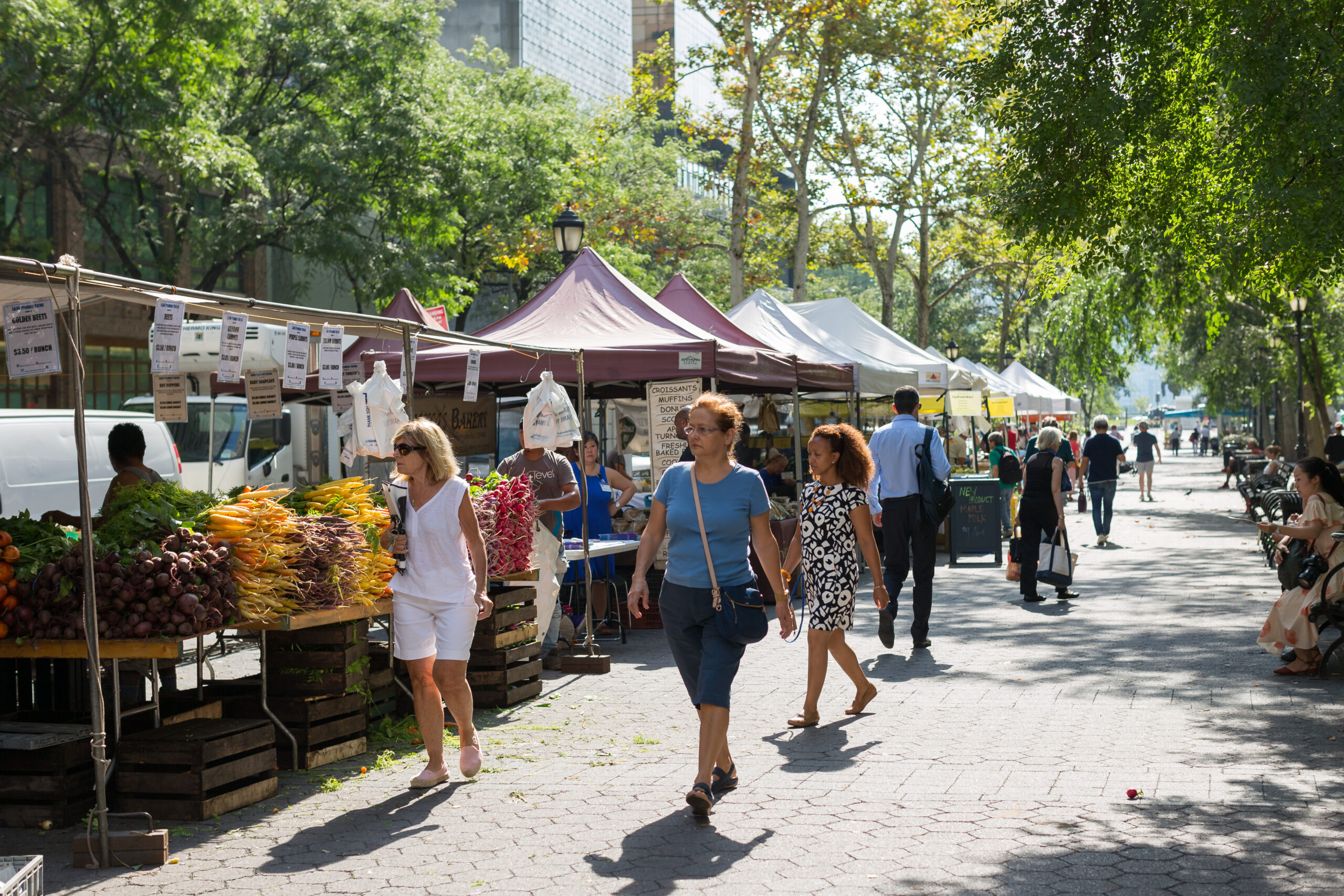




0